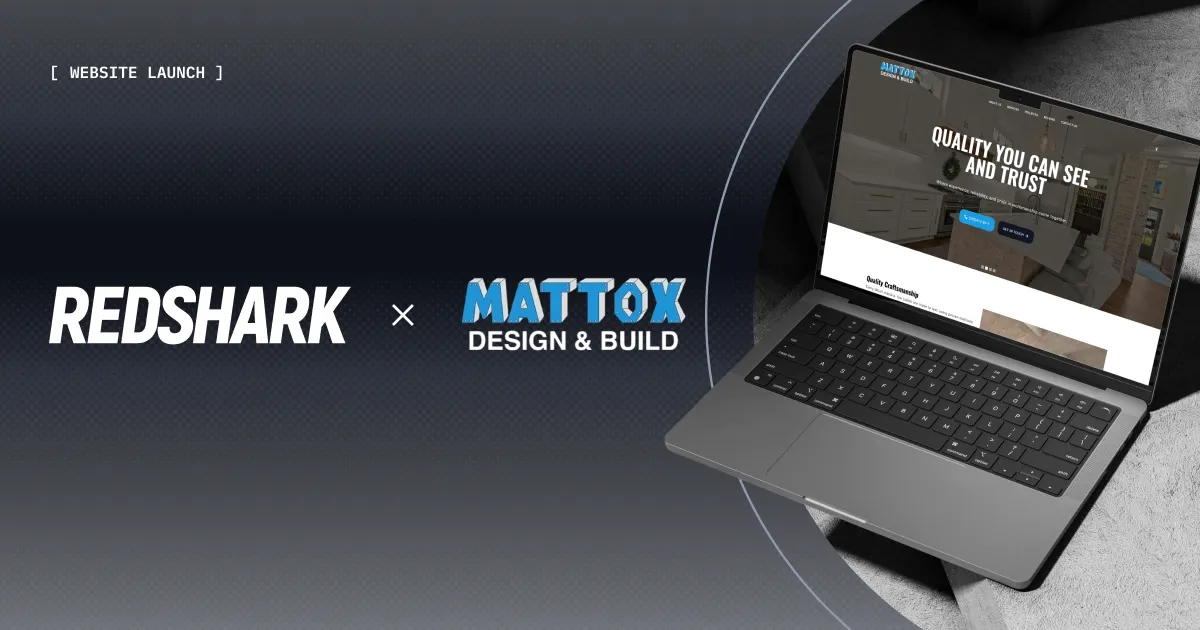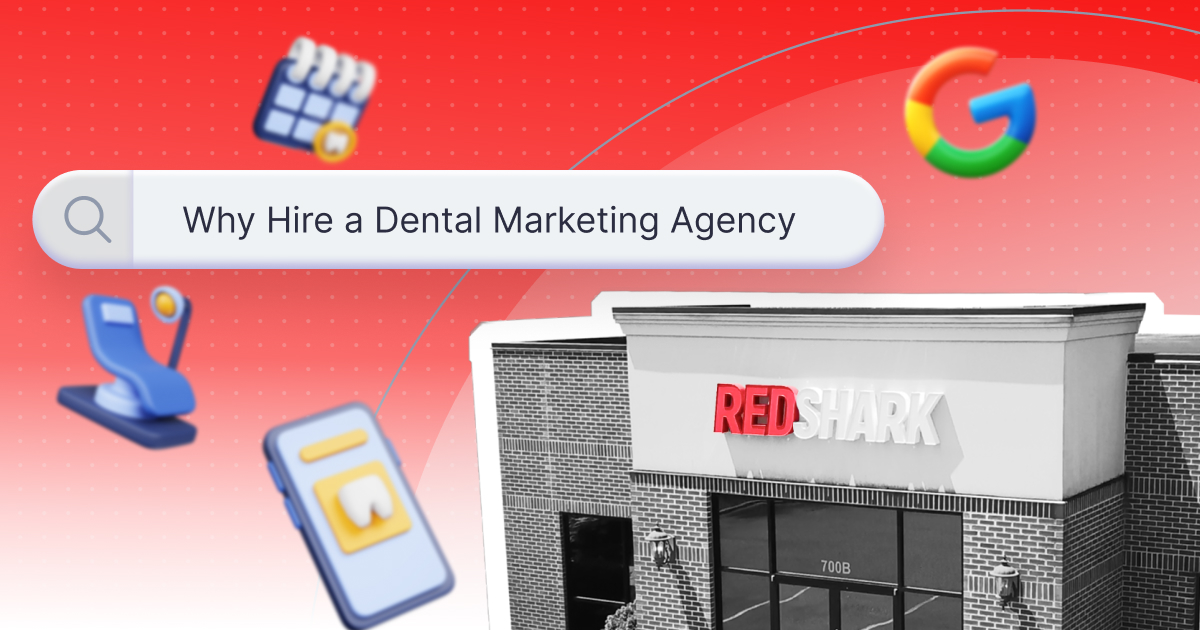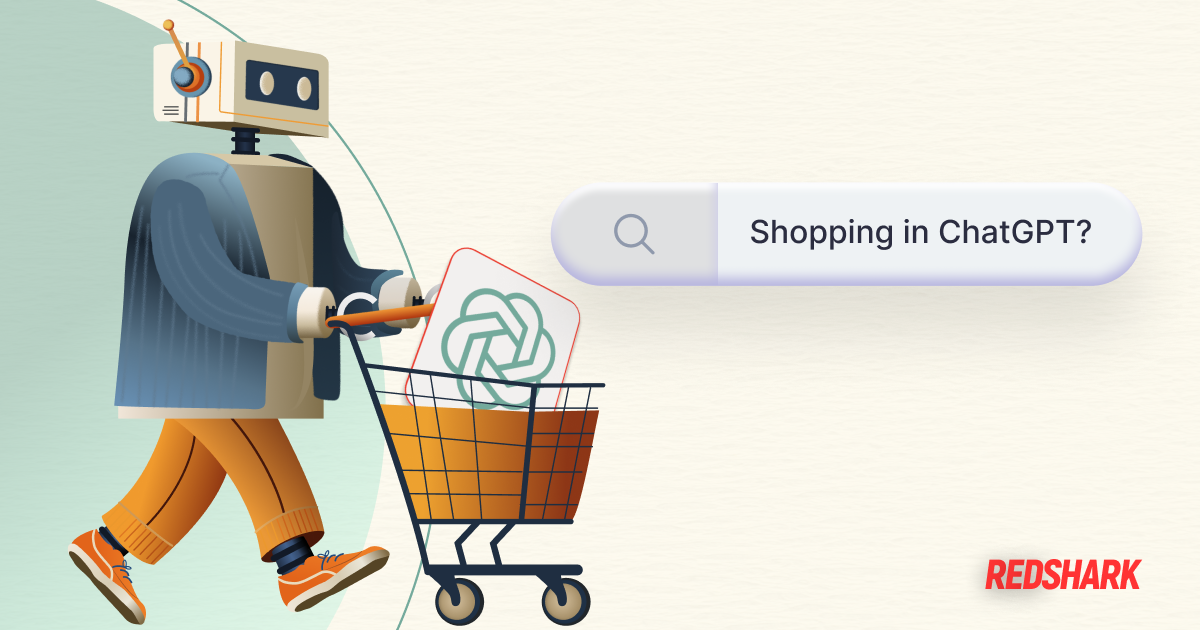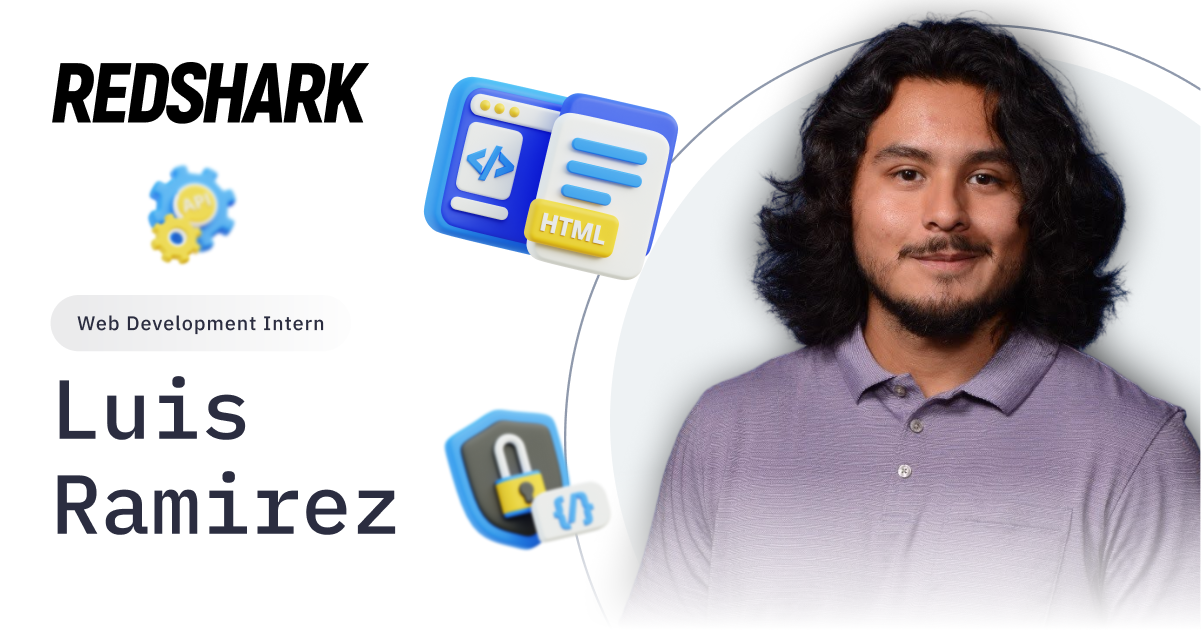
What to Look for in a Website
What to Look for in a Website
Featured & Recent Articles
What to Look for in a Website

So You Want to Get a Website
Or even if you remain unconvinced that you need one, but you're at least curious what it could do for you, well there's a lot to consider. All kinds of things can be accomplished with a website, like Search Engine Optimization to get your site as close to the top as possible. But that is only a part of what you need to know. There are a few other things you need to understand well enough to at least ask some questions, and know when you're being fed false information when it comes to shopping for a website. But don't worry, your pals here at Red Shark Digital are here to make sure you know what you're talking about.
Dynamic Content
Traditionally, data in a website was hard-coded into the markup, (or HTML, check out our blog where we break down some of the common abbreviations in the world of development) which means changing it can be a hassle. You had to go into the server where your site was, find the file, download the file, find the paragraph or header you wanted to edit, make the changes, save it, upload it back to the server... The whole thing was quite the headache. But this isn't much of an issue these days thanks to the concept of Dynamic Content. It's simple, really. All it means is that you have a way to have your content be "dynamic", which in this instance basically just means easily changed. This can easily be accomplished by using a piece of software referred to as a CMS, or Content Management System. There are a few big names out there, such as Joomla, Drupal, and of course the CMS of choice here at Red Shark Digital, WordPress! Almost like magic, These CMS platforms give you a way to edit the content on your own without any coding knowledge required. They connect to a database and make edits on your behalf, doing all the heavy lifting so that you can focus on what matters most, running your business.Naturally, there will be some kind of authentication required to make sure that not just anyone can make edits, and that only certain user types can make certain edits to certain pages. It's all well thought out with you, the non-developer, in mind. Usually, the companies that distribute these platforms even come up with recommended standards on how to build additional functionality, like the themes and plugins you can get from WordPress. Moreover, most of these themes and plugins can be found right in the WordPress dashboard with ease. If that's not well thought out, I don't know what is. But even if you can't find quite what you're looking for in the dashboard, there are a few reputable places you can go to find more 'premium' level. Some of these plugins even allow you to collect customer data (that they will submit) for you to reach out to them later.So that's dynamic content. If you have some way to edit the content on your page without having to mess with the code, it's considered "dynamic". Now let's take a look at another, equally important concept.
Responsive Layouts
Before the emergence of smartphones, virtually all internet browsing was done on computers. Sure, there were different screen sizes, which is where the concept of "responsive" layouts comes in, but it REALLY became important as smartphones continued to become more popular. So what happens when you have all of these different screen sizes, from an older iPhone to a 4k pc monitor? Easy: Build a website with a layout that can adjust it's content to fit the screen of (almost) any device that visits it. Using something called Media Queries, developers can basically set alternative rules, like widths, font sizes, and really whatever they want, for different screen size ranges.Not all that long ago, this was just an added bonus. There were even free-lance developers who would do nothing but find non-responsive websites and make them responsive, as a paid service, of course. They didn't have to worry about designing a new look, filling out content, or any of that. All they had to do was add some additional styling (which could vary in difficulty based off how well the initial site was built), and their job was done. But over recent years, it has become increasingly more important. Even Google will penalize you for not having a responsive website, at least to some extent, so it's more important than ever to have a website that treats all screen sizes the same.
Interactive Pages
So hopefully, you have a dynamic, responsive website. If not, check out some of what we've built, then stop by our contact page and see what we can do for you. But there's still one last thing you want out of a website to really make sure you get the most bang for your buck. Maybe you want the links to have some hover animation, like going from white to red. Maybe you want a drop-down menu to slide in from the side rather than just pop up out of nowhere. All of these little micro-interactions bring life to your site and make it more fun for the users to browse. It also sends a message to your potential customers that you're not just some run-of-the-mill Mom & Pop shop. You're a serious business out to make a name for yourself. Having a good looking website that interacts with the user while they browse will do a good job of conveying that.
So What's Next?
Well if your website has all of these features, and you know for sure you're getting everything you can out of it, then congratulations! Whatever you invested into that site was money well spent. But if your site is missing one of these key features, or you're not so sure you're getting the most out of your site, let us know how we can help! It's not just what we do, it's who we are.














.png)




.png)
.jpg)



